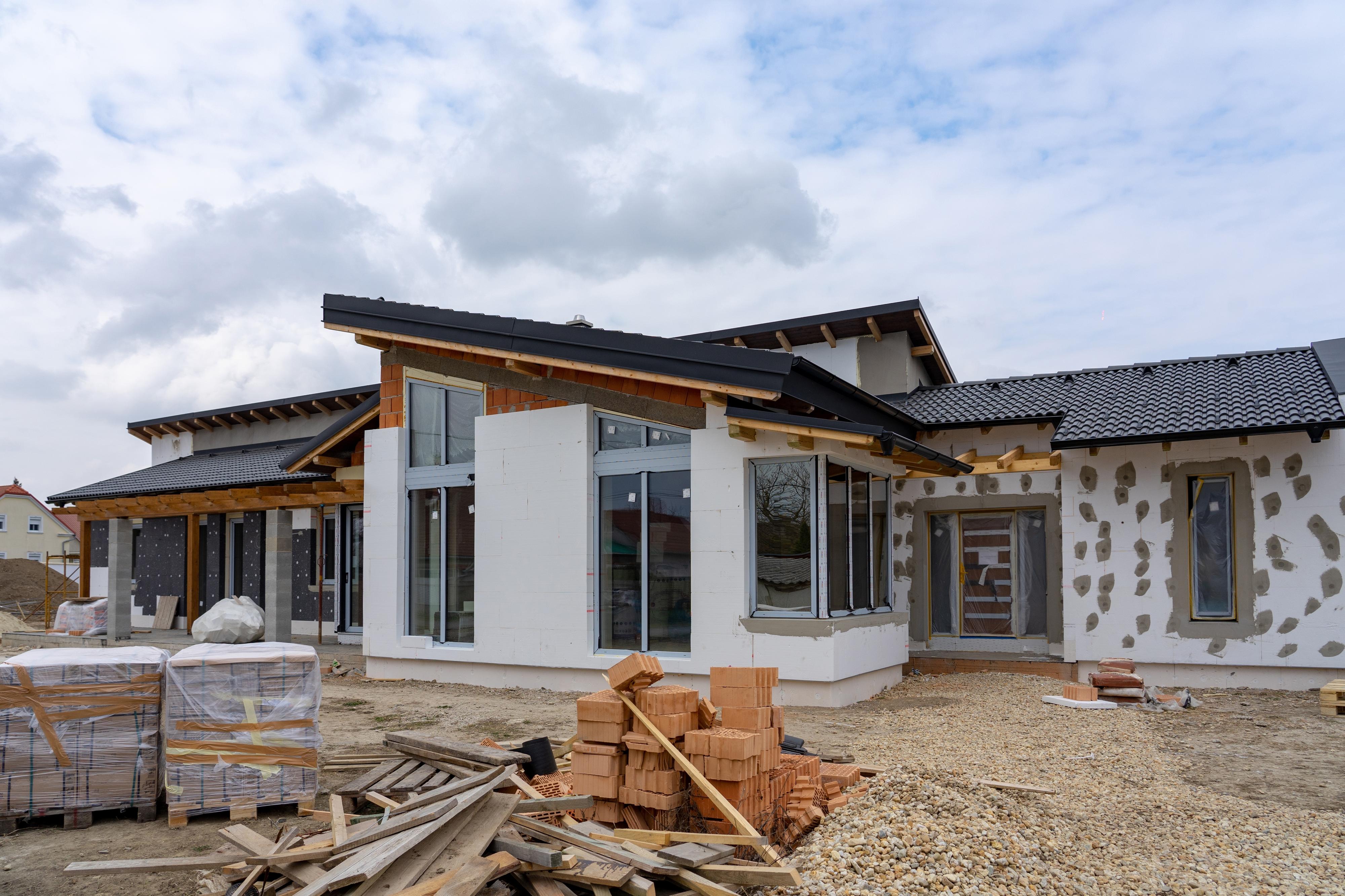
Establish a clear and shared definition of “affordable housing”. Photo | unsplash.com.
By Carolyn Whitzman
Imagine planning a public transport system for a large city by providing one bus at a time on one route that might serve a few dozen people (but nobody knows how many). That is what planning for housing affordability looks like in most capital cities; innovative projects take years to develop and never get scaled up into a system.
Who can we learn from? Carolyn Whitzman, a professor of Urban Planning at The University of Melbourne toured three cities; Vancouver, Portland and Toronto to interview key housing actors and review investment and policy changes. All have big housing affordability problems, caused by a strong economy and 30 years of largely unregulated speculative housing. A lack of government involvement has exacerbated these problems.
But these cities have recently developed very different approaches to housing systems planning, with increasingly divergent results. Toronto has gone backwards. Vancouver and Portland, though, are reaping the rewards of good metropolitan policy, from which we have drawn 10 lessons.
Who needs affordable housing, and how much of it?
Affordable home ownership bears no resemblance to the current market in which the median unit price is well over $700,000. Median rents are affordable to many moderate-income households, at about $420 a week. The biggest problem is not overall supply. The problem is that the price points of these dwellings are beyond the means of most households. All too many will be bought as investments and remain vacant.
What can we learn from Vancouver and Portland?
Although Vancouver has huge housing affordability issues, it has been able to scale up housing delivery for very low-income households – about 15 times as much social and affordable housing. Both Vancouver and Portland have ambitious private sector build-to-rent programmes, with thousands of new affordable rental dwellings near transport lines. Both cities have influenced senior governments. Canada is investing C$40 billion (A$42.6b) over the next ten years in its National Housing Strategy.
In contrast, Toronto has had a net loss of hundreds of units of social housing. This is due to disastrous lack of leadership at local and state (provincial) levels.
Our new report highlights 10 lessons for the Victorian government:
Establish a clear and shared definition of “affordable housing”. Enabling its provision should be stated as a goal of planning. This has been done.
Calculate housing need. We have up-to-date calculations, broken down by singles, couples and other households, as well as income groups.
Set housing targets. Ideally, you would want a target new units affordable to households on very low, low and moderate incomes. Both Infrastructure Victoria and the Everybody’s Home campaign have suggested a more attainable 10-year target: 30,000 affordable homes for very low and low-income people over the next decade. This would allow systems and partnerships between state and local government, investors and non-profit and private housing developers to begin to scale up to meet need.
Set local targets. The state government, which is responsible for metropolitan planning, should be setting local government housing targets, based on infrastructure capacity, and then helping to meet these targets (and improve infrastructure in areas where homes increase). We have developed a simple tool we call HART: Housing Access Rating Tool. It scores every land parcel in Greater Melbourne according to access to services: public transport, schools, bulk-billing health centres, etc.
Identify available sites. We have mapped over 250 government-owned sites, not including public housing estates that could accommodate well over 30,000 well-located affordable homes, with a goal of at least 40 percent available to very low-income households.
Aside from leasing government land for a peppercorn rent, which could cut construction costs by up to 30 percent, a number of other mechanisms could quickly release affordable housing. Launch Housing, the state government and Maribyrnong council recently developed 57 units of modular housing on vacant government land, linked to services for homeless people. The City of Vancouver and the British Columbia provincial government recently scaled up a similar pilot project to 600 dwellings built over six months.
Create more market rental housing. Vancouver has enabled over 7,000 well-located moderately affordable private rental apartments near transport lines in the past five years, using revenue-neutral mechanisms. Portland developers have almost entirely moved from speculative condominium development to more affordable build-to-rent in recent years.
Mandate inclusionary zoning. This approach, presently being piloted, could be scaled up to cover all well-located new developments. Portland recently introduced mandatory provision of 20 percent of new housing developments affordable to low-income households or 10 percent to very low-income households. If applied in Melbourne, this measure alone could meet the 30,000 target (but not the current 164,000 deficit or 456,295 projected need).
Dampen speculation at the high end of the market. This would help deal with the oversupply of luxury housing. Taxes on luxury homes, vacant properties and foreign ownership could help fund affordable housing.
Have one agency to drive these changes. The impact of an agency such as the Vancouver Affordable Housing Agency is perhaps the most important lesson. The Victorian government has over a dozen departments and agencies engaged in some aspect of affordable housing delivery. We suggest repurposing the Victorian Planning Authority with an explicit mandate to develop and deliver housing affordability, size diversity and locational targets set by the next state government.








